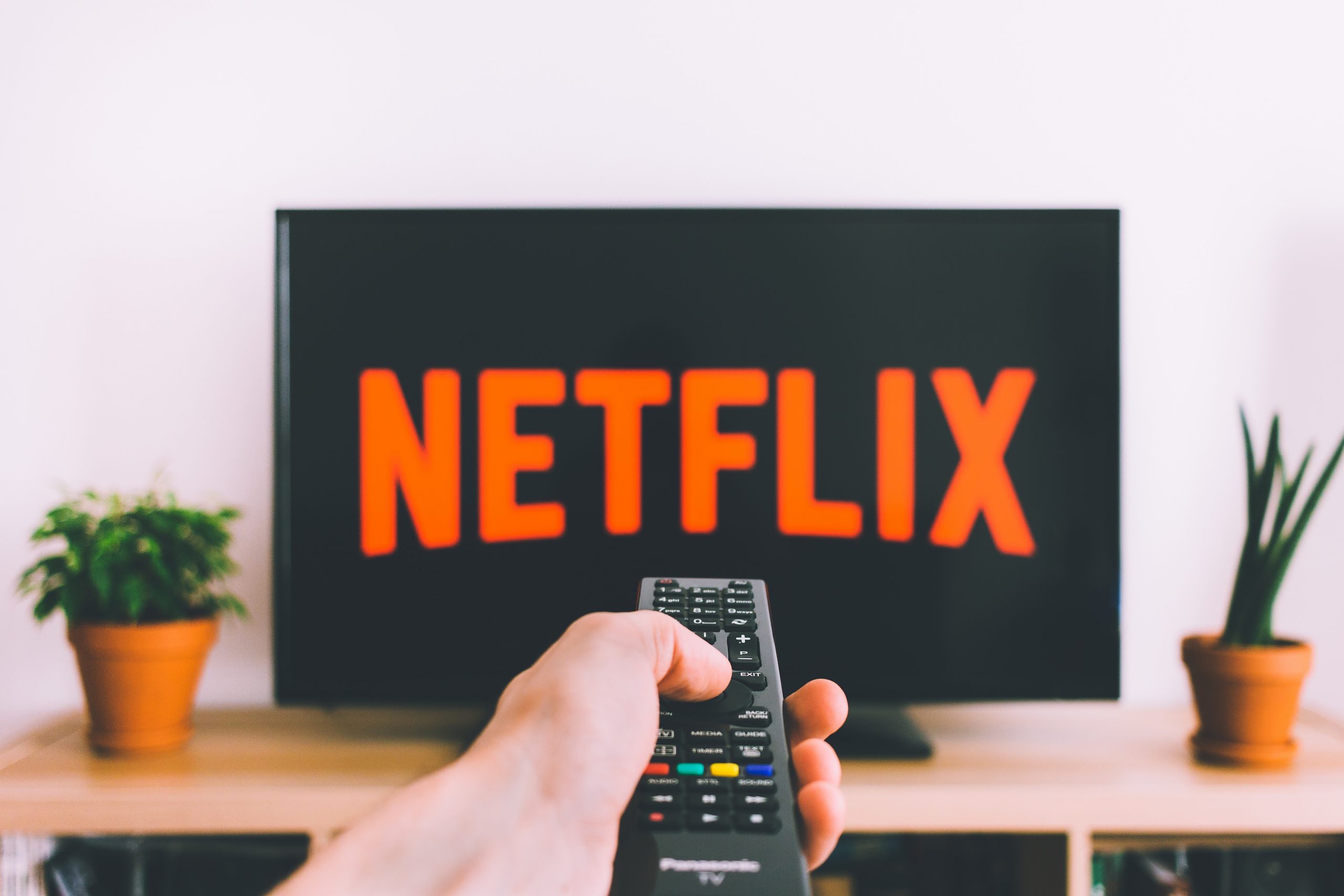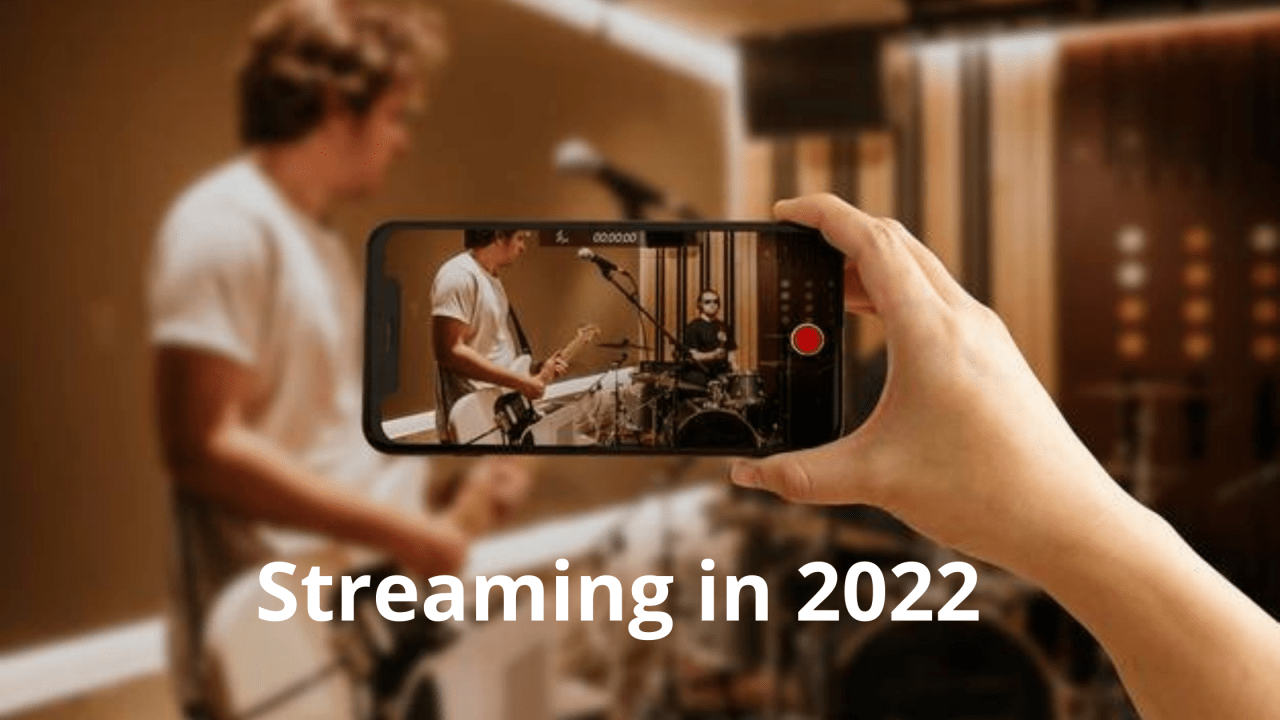Few key things that happened around the Ad Tech & Media Tech world this week.
Netflix streaming wars fuel record UK film and TV production boom
The making of Hollywood hits such as the latest James Bond film No Time To Die and Sam Mendes’s 1917, as well as prestige dramas such as Netflix’s The Crown and the BBC’s His Dark Materials, fuelled a record spend of £3.6bn on film and TV production in the UK last year. The amount spent on film production in the UK in 2019 rose 6% year-on-year to £1.95bn – on 188 productions – the second-highest amount since the British Film Institute (BFI) began records in 1994. Most of this spending came from the big Hollywood studios, which ploughed £1.4bn into making just 21 blockbusters. Three of 2019’s top five grossing films at the UK box office were made in the UK – Avengers: Endgame, The Lion King, and Star Wars: The Rise of the Skywalker. However, it is the streaming wars, led by Netflix, that are fuelling the boom in the UK production industry as the spend on high-end TV – shows costing more than £1m an episode to make – surged 29% to £1.66bn. This is a 51% rise on 2018 and double the amount spent on high-end TV show productions as recently as 2015. More than three-quarters, or £1.3bn, came from foreign companies, including Netflix and Amazon. In contrast, spending by domestic UK companies on high-end TV shows, from the BBC to Sky and ITV, fell by 14% to £371m. The overall boom in high-end investment pushed the total spend on film and TV production in the UK up 16% year-on-year to £3.6bn, the highest ever recorded.
Warner Music Group Tops $1.25 Billion for the Quarter as Streaming Jumps 17%
Warner Music Group just keeps chugging along, generating revenue of $1.256 billion during its first fiscal quarter, a 4% improvement on the corresponding period in the previous year. WMG also saw its net income jump 40%, from $86 million a year ago to $122 million in the quarter ending Dec. 31. The company’s recorded music operation again accounted for over a billion of that revenue tally, raking in $1.084 billion during the quarter, up 4% year-over-year. Publishing revenue came in at $173 million, a 5% increase. Breaking out recorded music revenue by format, digital overall accounted for $633 million in revenue, an increase of 12.6% compared to previous year quarter. Of that, $589 million was from streaming and $44 million from downloads and other digital. Artist services revenue was $188 million, an increase of 13.25%, while licensing was down 2.5% to $79 million. Stacked against the previous period, streaming revenue improved by 17.33% from the $502 million recorded this time last year, while downloads and other digital saw a 33.3% drop from $61 million. Overall recorded music revenue was fueled by the performance of albums by TWICE, Coldplay, Ed Sheeran and Lizzo. Operating income rose 12% to $165 million, while operating income before depreciation and amortization totaled $236 million, up 9.8% from $215 million the prior-year quarter. Meanwhile, music publishing revenue grew 5% to $173 million from $165 million, though operating income dropped 36% to $14 million compared to $22 million in the prior-year quarter, driven by revenue mix, timing of A&R investment and higher overhead, the company said. Breaking out publishing revenue, performance revenue totaled $46 million, a 13.21% decrease from the prior period when royalties from those rights produced $53 million. Meanwhile, digital increased 12.3% to $73 million from $65 million, synchronization rose by 24.14% to $36 million from $29 million, and other revenue held steady at $3 million. Mechanical revenue was also flat for the quarter at $15 million.
SVOD Services To Push OTT Revenue To $200B By 2024
While Disney+ has already proved immensely popular among consumers, its continued success, and the emergence of other subscription-based services, are key behind ABI Research’s projection that by 2024 the OTT video market will be more than $200 billion. According to a new report from ABI, 90% of that $200 billion in OTT video revenue will come from SVOD and advertising. Already ABI has seen subscriptions in the Asia-Pacific region growing significantly, primarily in China and India. However, pay-TV is not being shut out of this growth. ABI says that the pay-TV industry has been embracing OTT as an added value rather than competition, and that over time traditional pay-TV may “become indistinguishable from a pure OTT package of services,” said Michael Inouye, principal analyst at ABI Research. In 2019, there were more than 700 million OTT SVOD subscriptions globally, while there were more than 1 billion subscriptions for pay-TV. ABI notes that pay-TV growth is slowing (even declining in North America), but it believes that the overall market is expanding. “Increasingly, we’re seeing more solutions and conversations about bringing content and services together,” said Inouye. “This includes pay-TV and OTT bundles and extends to cross-platform advertising, analytics and customer/service management. Ultimately it makes the market more accessible to a wider range of companies and expands the potential video touchpoints, particularly as new technologies like 5G, smart home and augmented/virtual reality play larger roles.
AT&T banks on fiber build to fuel its OTT services
AT&T may have turned in dismal numbers for its fourth quarter video subscribers, but it’s banking on fiber-based broadband to fuel its OTT services. For the fourth quarter, AT&T lost 1.16 million video subscribers, which included 945,000 premium video subscribers from its DirecTV and U-verse businesses and an additional 219,000 OTT subscribers for its AT&T TV Now streaming video service. For the year, AT&T shed 3.43 million premium subscribers and 665,000 OTT subscribers. On the plus side, AT&T added 191,000 fiber-to-the home (FTTH) subscribers in the fourth quarter, which was down from the 318,000 in the previous quarter and from the 259,00 in the same quarter a year ago. AT&T finished out the year with 3.88 million fiber broadband customers after closing out 2018 with 2.76 million. During a Wednesday morning earnings call, AT&T’s John Stankey, the COO of AT&T and CEO of WarnerMedia, said the telco expects its fiber-to-the-home subscribers will grow to seven million by 2022, which could include one or two million more FTTH capable locations. Last year, AT&T largely halted its fiber built out after meeting the FCC’s 2015 conditions to add fiber as part of its deal to buy DirecTV. “We have four million fiber customers today and our recent fiber expansion gives us 14 million locations to sell into,” said Stankey, according to a Seeking Alpha transcript. “Based on our fiber sales experience we expect to exit 2022 with about three million more fiber customers than we have today or a total of about seven million. This will be a significant lift in market share compared to our traditional performance in our legacy hybrid fiber copper-based footprint.” Stankey said fiber-based broadband services would increase the penetration of its HBO Max service, which is set to launch in May, and its AT&T TV OTT service. After an initial launch, AT&T TV is slated to be available across the nation next month.
NAB Show Debuts New OTT Demo Area, ‘The Streaming Experience’
NAB Show is introducing The Streaming Experience, a new content showcase curated by noted streaming and online video expert Dan Rayburn that will feature more than 50 OTT platforms and streaming devices, giving NAB Show attendees a first-hand look at the latest streaming video services. Located in the Central Lobby of the Las Vegas Convention Center, The Streaming Experience is open to all registered attendees during exhibit hours, starting Sunday, April 19. The living-room setting will allow attendees the opportunity to test OTT services side-by-side to compare content, video quality, ad formats, playback features and delivery methods. The Streaming Experience will feature hardware from Amazon, Apple, Roku, Xbox, PlayStation, LG, TCL and Samsung. Streaming services on display will include Apple TV+, Amazon Prime Video, CBS All Access, Disney+, Hulu, NBC Sports, Netflix and YouTube TV, among others. New services from HBO Max, Peacock and Quibi may also be showcased, dependent on their launch dates. “Streaming is a major focus of the 2020 NAB Show, and the new Streaming Experience is the largest showcase of its kind in the industry,” said NAB Executive Vice President of Conventions and Business Operations Chris Brown. “We are excited for attendees to join their industry peers in this living room environment and experience nearly every live and on-demand streaming service on the market today.”




